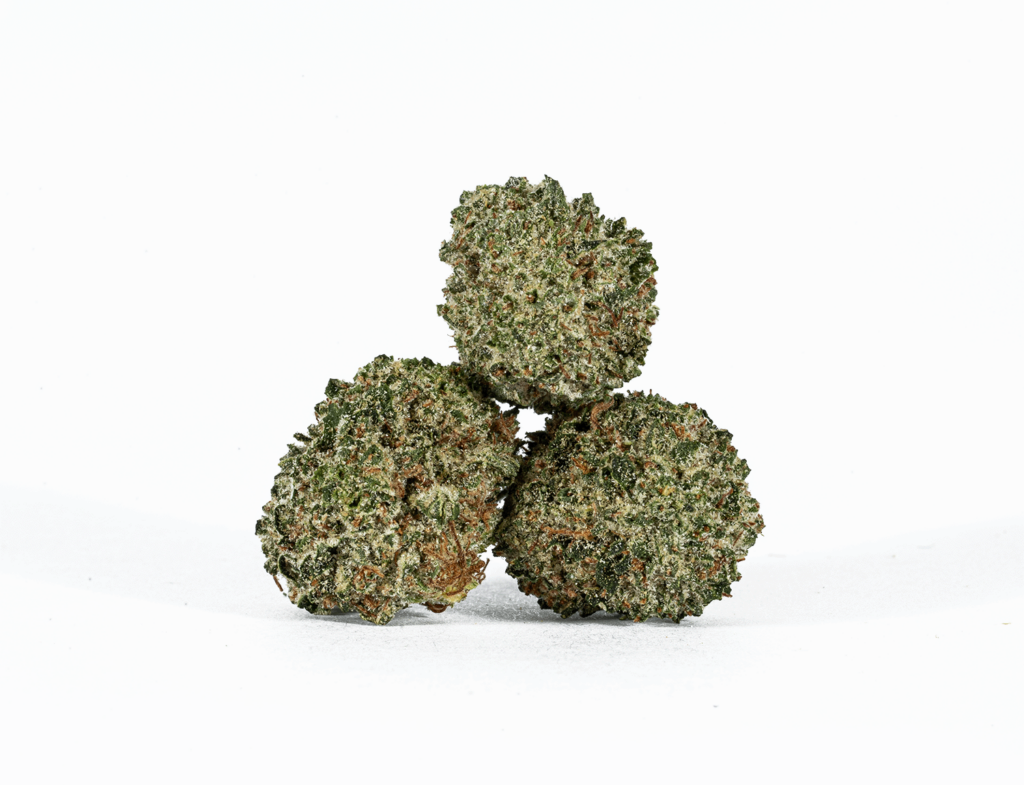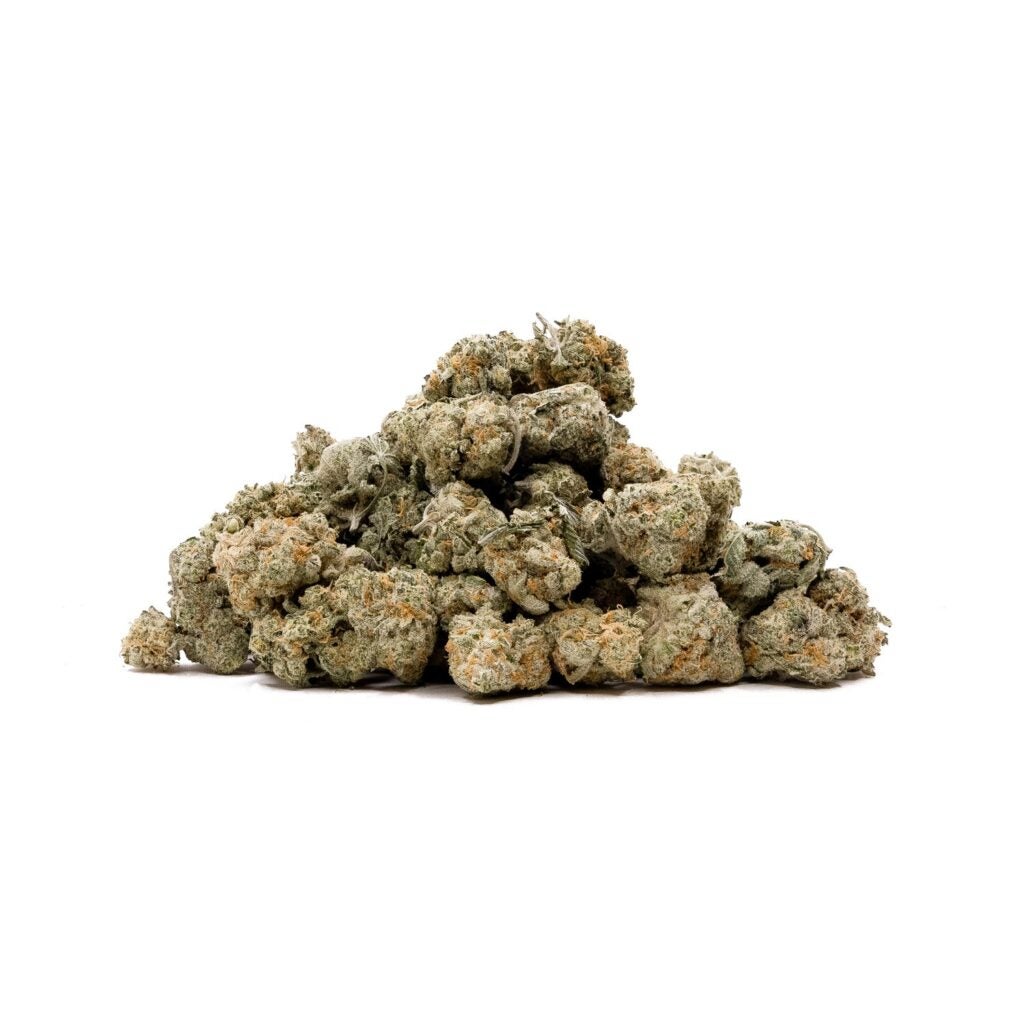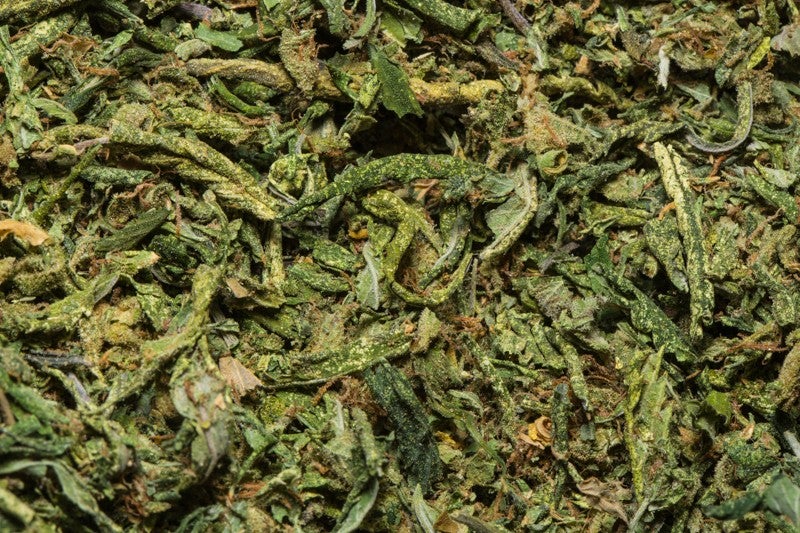Blog
Small Buds vs Big Buds: The Truth About Cannabis Nug Size Revealed
Cannabis cultivation has sparked endless debates among enthusiasts and growers about bud size and quality. The age-old discussion of small buds versus big buds continues to intrigue both novice and experienced cultivators who want to optimize their harvest.
Key Takeaways
- Bud Size Doesn’t Define Potency: Contrary to popular belief, small buds (smalls or popcorn buds) contain nearly identical THC levels and terpene profiles to larger cannabis flowers, with potency ranging from 15-22%
- Cost-Effective Cannabis Option: Small nugs are typically 20-30% cheaper than standard-sized buds, offering budget-conscious consumers a high-quality alternative without compromising on cannabinoid concentration or overall experience
- Cultivation Factors Matter More: Bud potency is primarily determined by genetic strain, growing conditions, light exposure, and harvest timing—not physical size—making small buds just as valuable as their larger counterparts
- Versatile Consumption Methods: Smaller buds provide practical advantages like easier grinding, more consistent burning, and enhanced portion control across various consumption techniques
- Market Perception vs. Actual Quality: While large buds are visually more appealing, the actual difference between small and standard-sized buds is minimal, primarily affecting pricing and aesthetic preferences rather than fundamental cannabis quality
When it comes to cannabis production, size matters, but not always in the way you might expect. While many assume bigger is always better, the reality of bud quality is far more nuanced. Small and large buds each bring unique characteristics to the table, offering distinct advantages that can impact potency, flavour, and overall smoking experience.
Our exploration will dive deep into the world of cannabis bud sizes, uncovering the myths and truths behind small and big buds. We’ll help you understand what really makes a great cannabis harvest and why size isn’t everything in the complex universe of cannabis cultivation.

What is the difference between smalls and normal buds?
Cannabis bud size doesn’t directly correlate with potency or quality. Small buds and normal-sized buds differ in several key aspects that impact their overall value and consumption experience.
Physical Characteristics
Small buds (also called “smalls” or “popcorn buds”) typically measure 1-2 cm in diameter. Normal buds range from 3-5 cm and exhibit more uniform, dense structures. The primary differences include:
- Size: Small buds develop at lower plant branches
- Density: Normal buds often display more compact trichome coverage
- Appearance: Smalls appear less aesthetically uniform compared to top-tier buds
Cannabinoid and Terpene Profile
Contrary to popular belief, small buds maintain comparable cannabinoid concentrations to larger counterparts. Research indicates minimal variance in:
| Characteristic | Small Buds | Normal Buds |
|---|---|---|
| THC Percentage | 15-22% | 16-23% |
| Terpene Concentration | Similar levels | Similar levels |
Pricing and Market Value
Small buds typically cost 20-30% less than normal-sized buds. Consumers appreciate their cost-effectiveness without significant compromise in potency or experience.
Consumption Experience
Small buds offer unique advantages:
- Faster grinding
- More consistent burning
- Easier portion control
- Enhanced versatility for various consumption methods
The difference between small and normal buds primarily relates to visual aesthetics and market pricing rather than substantial quality variations.

Are smaller nugs less potent?
Research consistently demonstrates that small nugs are not inherently less potent than larger cannabis buds. Multiple scientific studies reveal potency depends on several critical factors beyond physical size:
Cannabinoid Concentration Analysis
Cannabinoid levels in small and large buds remain remarkably consistent when:
- Genetics remain identical
- Growing conditions match precisely
- Harvest timing occurs at optimal plant maturity
Trichome Density Insights
Trichome production—the primary indicator of cannabis potency—correlates more strongly with:
- Genetic strain characteristics
- Nutrient availability
- Light exposure
- Environmental cultivation conditions
Potency Measurement Factors
We can assess cannabis potency through multiple metrics:
| Metric | Small Nugs | Large Buds |
|---|---|---|
| THC Percentage | 15-22% | 15-22% |
| Terpene Profile | Consistent | Consistent |
| Cannabinoid Concentration | Nearly Equivalent | Nearly Equivalent |
Key Research Findings
Empirical evidence suggests no substantial potency differences between small and large cannabis nugs. Factors like genetics, cultivation techniques, and harvest timing play significantly more crucial roles in determining overall cannabinoid concentrations than physical bud size.
Why are small nugs cheaper?
Small cannabis buds (or “smalls”) cost less due to three primary market dynamics: visual perception, cultivation factors and economic considerations. They are not necessarily single-A Budget buds, there is more to the story.
Visual Appeal Impact
Large buds possess aesthetic superiority in the cannabis marketplace. Consumers visually prefer uniform, dense cannabis flowers with symmetrical structures. This market preference drives down demand for smaller buds and reduces their perceived value. Dispensaries and retailers typically price small nugs 20-30% lower than standard-sized buds based on visual characteristics alone.
Cultivation Complexity
Small buds emerge from areas with limited light exposure during plant growth. Despite their reduced size, these nugs maintain identical cannabinoid concentrations and terpene profiles as larger buds. Cultivators recognize that buds growing near the plant’s base receive less direct light yet retain comparable potency. This uniform quality across bud sizes enables more economical pricing strategies.
Economic Production Factors
Smaller buds require less processing and trimming compared to larger cannabis flowers. Their compact size reduces labor costs associated with harvesting and packaging. Growers can efficiently bundle small nugs into cost-effective packages without compromising product quality. These production efficiencies translate directly into lower consumer pricing.
| Bud Size | Average Price | Potency Consistency | Processing Complexity |
|---|---|---|---|
| Small Nugs | $8-12/gram | 95-98% | Low |
| Standard Buds | $12-18/gram | 98-100% | Medium |
| Premium Buds | $18-25/gram | 100% | High |
By understanding these factors, cannabis consumers can make informed purchasing decisions that balance quality and cost-effectiveness.

What about smalls vs popcorn buds?
When exploring cannabis bud variations, the terms “smalls” and “popcorn buds” frequently emerge as closely related classifications. While often used interchangeably, these terms represent nuanced distinctions in cannabis flower characteristics.
Origin and Growth Patterns
Smalls and popcorn buds originate from similar plant regions. They typically develop:
- On lower branches of cannabis plants
- In areas receiving minimal direct light
- With reduced nutrient accessibility compared to top-tier buds
Physical Characteristics
Popcorn buds and smalls share comparable physical attributes:
- Diameter range: 0.5-2 cm
- Less dense structure
- Irregular, compact appearance
- Lighter weight compared to top-tier buds
Market Positioning
These smaller cannabis flowers occupy a specific market segment:
- Priced 20-30% lower than premium large buds
- Attractive to budget-conscious consumers
- Maintain consistent cannabinoid profiles
- Offer comparable potency to larger buds
Cultivation Considerations
Our analysis reveals that popcorn buds and smalls:
- Develop from identical genetic strains
- Contain equivalent THC and terpene concentrations
- Result from consistent growing conditions
- Represent efficient plant resource utilization
- Cost-effective alternatives
- Equally potent consumption options
- Practical choices for various consumption methods
Popcorn buds vs Shake:

Popcorn buds and shake represent two distinct categories of cannabis products that often confuse consumers. We’ll break down their key characteristics and market positioning.
Defining Popcorn Buds
Popcorn buds are small cannabis flowers typically measuring 0.5-2 cm in diameter. These nuggets develop on lower plant branches with limited light exposure. Characteristics include:
- Smaller physical size
- Less dense structure
- Identical cannabinoid profiles to larger buds
- Typically 20-30% lower pricing
- Comparable potency to standard-sized cannabis flowers
Understanding Cannabis Shake
Cannabis shake consists of loose cannabis fragments that naturally separate from dried cannabis flowers. Key attributes include:
- Mixture of small plant fragments
- Often collected from bottom of cannabis containers
- Lower price point compared to whole flower
- Potentially reduced potency
- Suitable for pre-roll production
| Product Type | Average Size | Potency Consistency | Price Range |
|---|---|---|---|
| Popcorn Buds | 0.5-2 cm | High | $5-$10/gram |
| Cannabis Shake | Fragmented | Variable | $3-$7/gram |
Our analysis demonstrates that while popcorn buds and shake differ in composition, both provide cost-effective cannabis consumption options for budget-conscious consumers.
Are bigger or smaller buds better?
Our exploration reveals that cannabis bud size doesn’t define quality; craft premium buds can be smalls, too. We’ve discovered that small and large buds can offer equally exceptional experiences when cultivated with care and expertise.
What truly matters is understanding the nuanced factors that contribute to cannabis potency and enjoyment. From genetics to growing conditions our research demonstrates that size is merely a superficial characteristic.
Smart consumers can now make informed choices knowing that smaller buds offer remarkable value. They’re not just budget-friendly but can deliver identical cannabinoid profiles and terpene richness as their larger counterparts.
By shifting our perspective beyond visual aesthetics we empower cannabis enthusiasts to appreciate the diverse potential of every bud size. Quality isn’t determined by dimensions but by the holistic cultivation approach.

